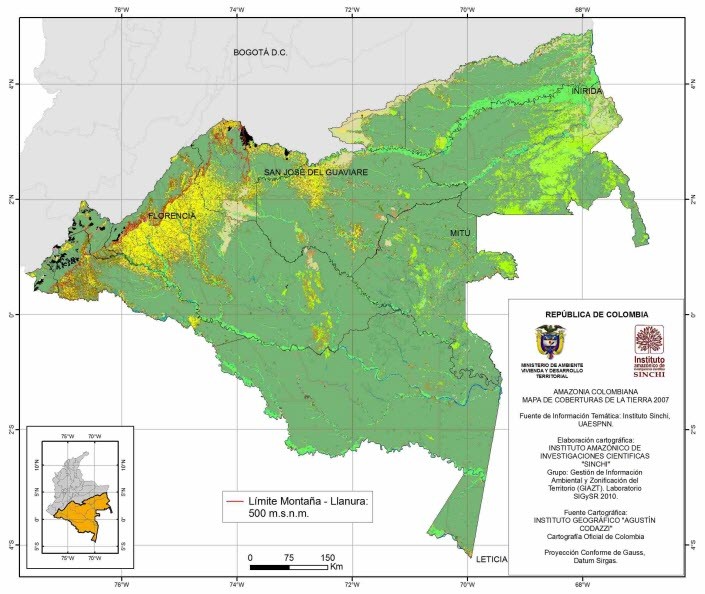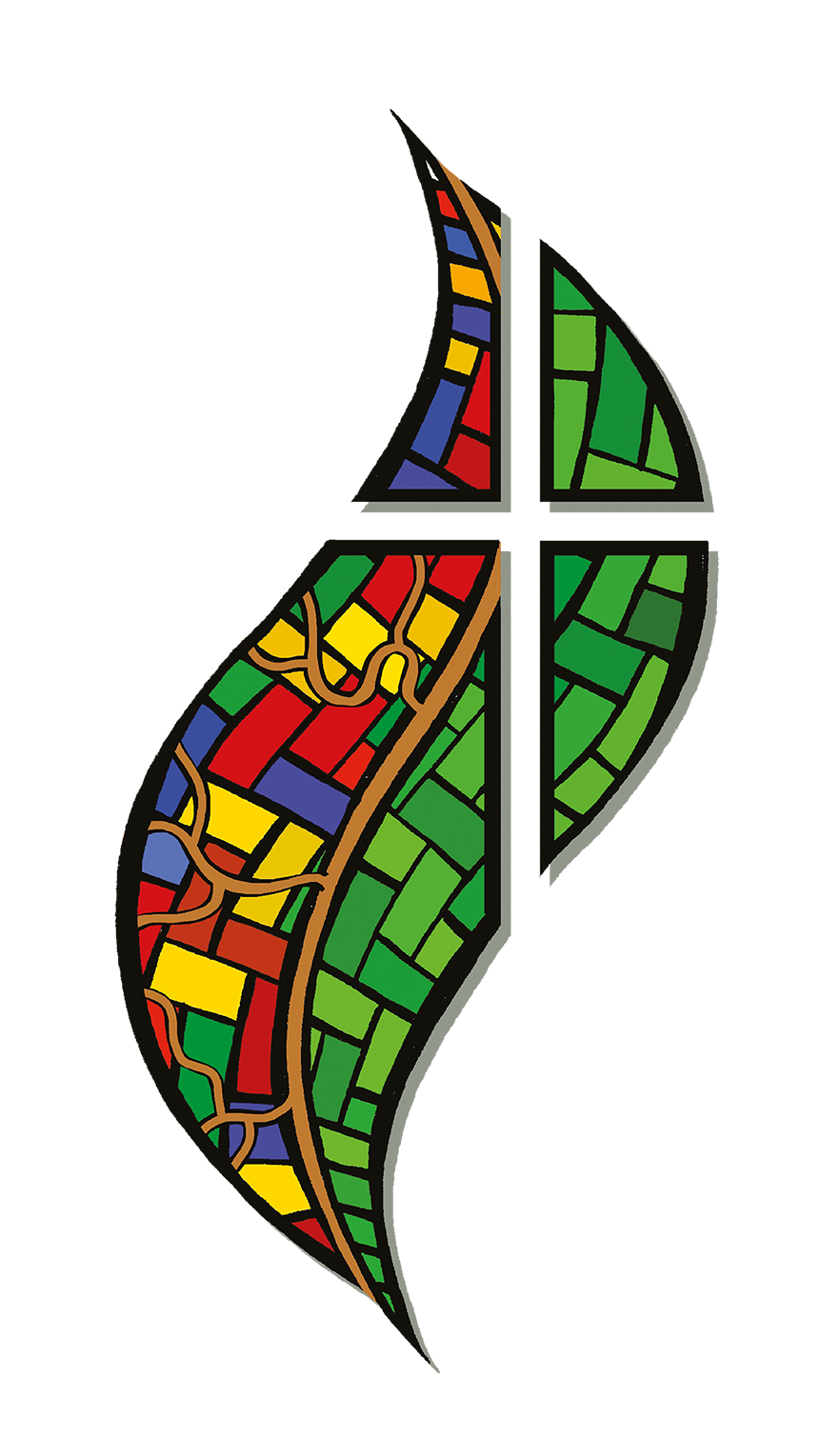The Amazon in Colombia

Colombian Amazon.
The Amazon region of Colombia covers 42% of the national territory (with an area of 483,119 km2) and is the least populated area of the country. During the decades from 1950 to 1970, the occupation of this area was fostered with the penetration of migratory flows in the indigenous regions, in view of the installation of a development model based on oil activities.
Currently the majority of the population resides in the departments of Caquetá, Putumayo, Guavire and Amazonas. Unfortunately, the area undergoes an accelerated process of deforestation for the creation of new settlements and illicit crops such as coca leaf and marijuana.
History of the Church in the Amazon of Colombia
During the Spanish colonial period (1547 - 1681), the Franciscans and Jesuits carried out the first missionary expeditions in the Amazonian region of Caquetá and Putumayo where the Dominicans were also present. At the end of the seventeenth century, the Jesuits left the region and were destined to strengthen evangelization in Maynas. The Franciscans continued this mission, establishing reductions in the Putumayo River until 1784. From then on, and for almost 60 years, there were no missionaries in this region.
During the Republic, the Agreement of 1887 and the Convention of Missions of 1902, signed between the State and the Holy See, evangelization in the border areas of Colombia was entrusted to religious orders: Catalan Capuchins in Caquetá, in Putumayo and in the current department of Amazonas; Salesians and Xaverians in Vaupés.
In the mid-twentieth century, the Apostolic Vicariate of Caquetá was divided into three ecclesiastical sections: The Vicariate of Sibundoy, the Apostolic Vicariate of Leticia and the Apostolic Vicariate of Florence. The first two provinces were taken over by the Capuchins and the third one by the Consolata Missionaries.
The presence of the female Congregation, Missionaries of Mary Immaculate and St. Catherine of Siena (Lauritas) was also very important for the mission in the Amazon.
In Vaupes, after the first half of the twentieth century, when the Missionaries of Montfort were prominent in evangelization, the religious arrived from the Institute of Foreign Missions of Yarumal. Since 1928, Lauritas missionaries are in this region.
The occupation of rubber explorers began in the mid-nineteenth century and with the establishment of companies in the area, epidemics and forced displacements were the causes that devastated the indigenous population of the Amazon. The missionaries loudly denounced these abuses.
Currently, the ecclesiastical jurisdictions in the territory are 14: 8 vicariates and 6 dioceses.
***The content presented here has the sole purpose of offering an informative subsidy. Therefore, the present text has no official character.




